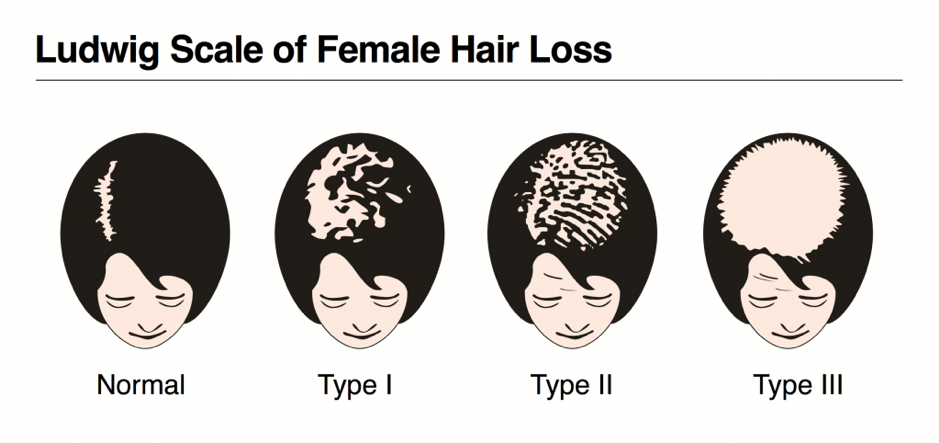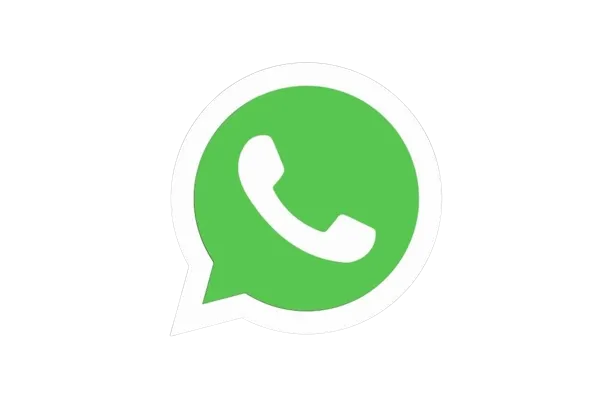The most advanced treatment for hair loss
100% NATURAL - 100% SAFE
Low-level laser therapy (LLLT) known as “cold laser therapy” because the level of light is low which isn’t enough to heat your body’s tissue. LLLT is a form of light treatment for hair loss in men and women. This is a US FDA-cleared solution that uses clinical-strength laser technology, for genetic or hereditary; male and female pattern hair loss.
LLLT is also known as Photobiomodulation (PBM Therapy), photobiostimulation, red light therapy; use of photons at a non-thermal irradiance to alter biological activity. LLLT uses either coherent light sources (lasers) or non-coherent light sources consisting of filtered lamps or light-emitting diodes (LED) or, on occasion, a combination of both and the wavelength used are 420,530,590,640,670,880. LLLT involves exposing cells or tissue to low levels of red and near-infrared (NIR) light and over injuries or lesions to improve wound and soft tissue healing, reduce inflammation and give relief for both acute and chronic pain.
The LLLT irradiates diode rays, which penetrate the scalp to treat hair loss. LLLT for hair loss emits the wavelength of infrared light is 630-670 nanometres
The LLLT treatment is non-invasive, safe, and pain-free light technology to stimulate the hair follicle. It’s a supportive evidence-based therapy to the supplementary or medicines such as minoxidil and finasteride. However, it is non-invasive to other interventional treatments (mesotherapy, PRP, or hair transplant) of hair loss.
The LLLT uses low-levels of red and near-infrared (NIR) light, which reduces inflammation and tends to improve wound; that’s why it can be used after hair transplant surgery to fasten the soft tissue healing and enhance hair growth.
There are different LLLT devices available in the market as:
LLLT used in a coherent light source such as 308 Excimer, targeted Phototherapy (Daavlin), helium-neon (632.8 nm), and fractional erbium-glass (1550 nm). This explains the extensive use of these devices in hair growth.
LLLT is advised twice or thrice a week for a period of 3 to 9 months. Professionals therapy at a medical centre and handheld at home are administered respectively, for a period of 10 to 15 minutes the scalp is exposed to laser-emitting diodes.
Moreover, massage of the scalp along with therapy promotes blood circulation and enhances the effectiveness of LLLT.
Patients with hormonal and genetic influence (androgenetic alopecia) or pattern hair loss are ideal candidates for LLLT.
Hair professionals usually recommend for mild to medium degree of hair loss.
Type I to Type V Norwood-Hamilton Classification

Woman with Type I & II Ludwig scale

Low-level laser therapy uses photons at a non-thermal irradiance to alter the biological activity of scalp cells or tissues. The photons emitted by the low-level laser beams acts on:
LLLT by altering biological activity and increasing blood flow of scalp tissues; stimulates the metabolism in hair follicles that are in the telogen or catagen phase of the hair cycle. As of this, it stimulates the dormant hair follicle or anagen phase of the cycle to grow hair.
Moreover, certain drugs such as photosensitizing agents can have interaction with LLLT, as these drugs increase sensitivity to light therapy.
